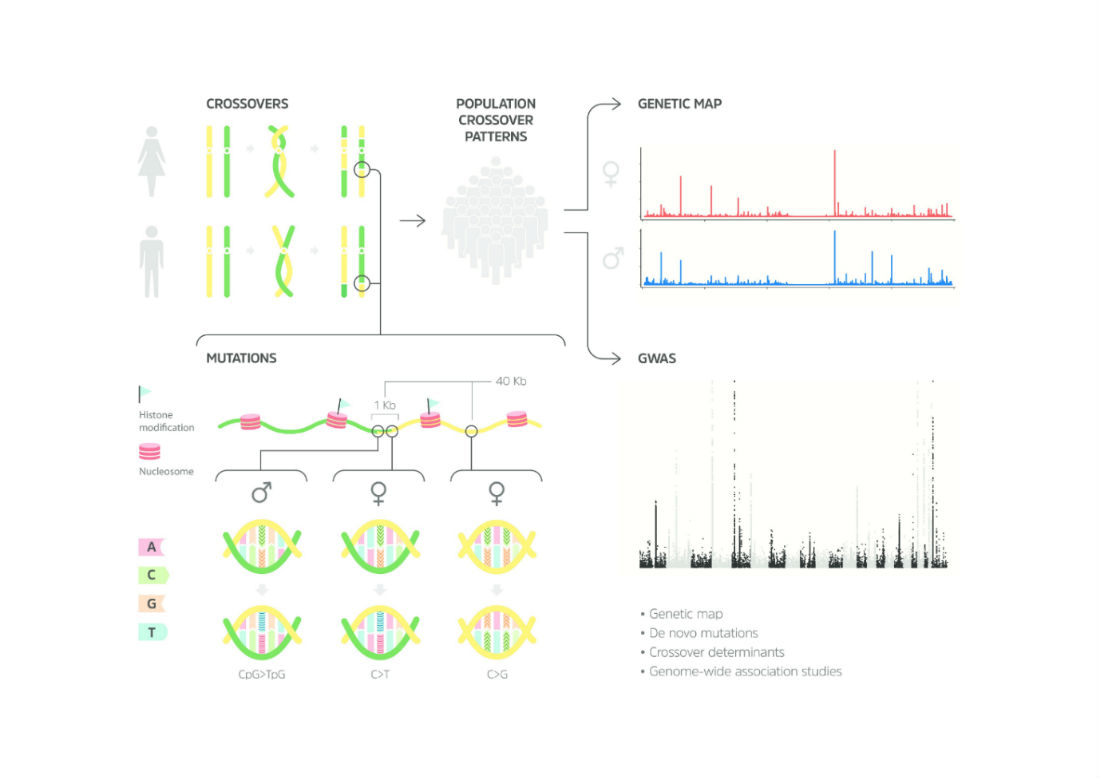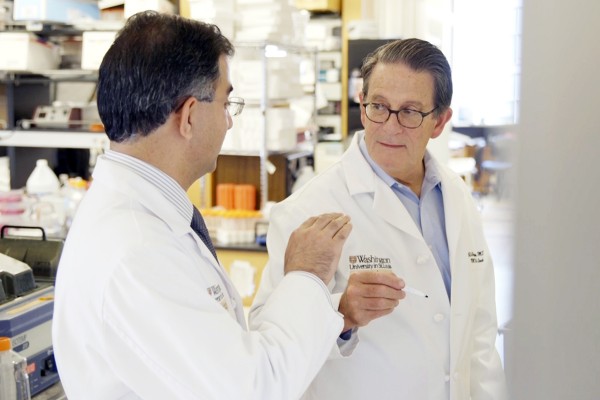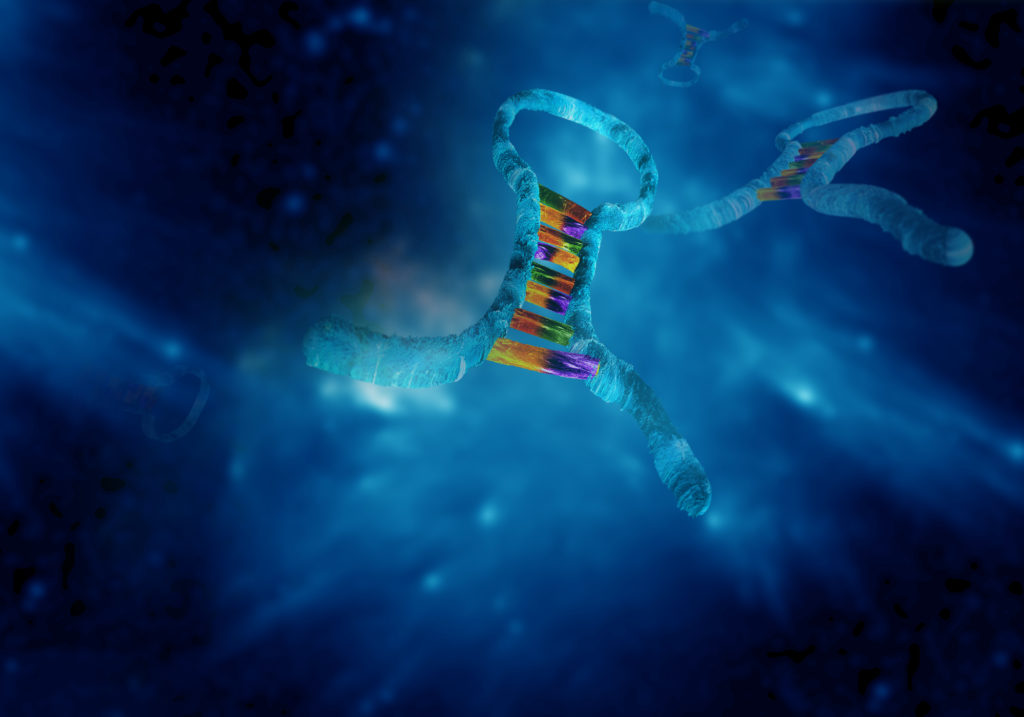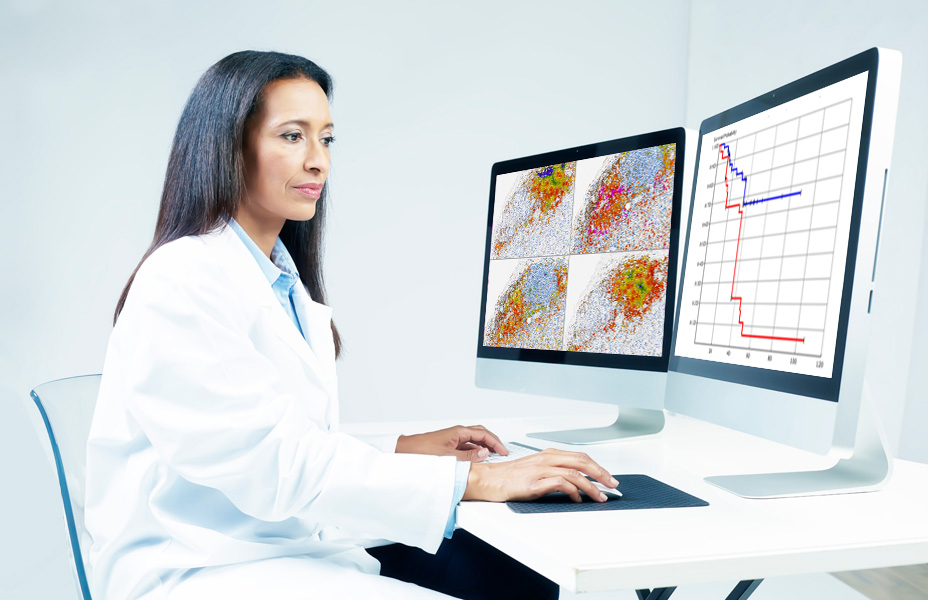Researchers can now add red, teal and purple to their color palette when they want to illuminate specific genes in fixed tissue, thanks to an expanded partnership between Roche and Bio-Techne.
New mRNA detection kits are part of the deal between the Swiss biopharma giant and Minneapolis-based laboratory reagents provider. The kits provided by Roche can be used with Bio-Techne’s RNAscope, the company’s proprietary in situ hybridization assay. In situ hybridization or ISH is a common technique for identifying spatio-temporal expression patterns in a fixed tissue section, that could aid with drug development.
“We’re pleased to partner with Roche to provide researchers access to a fully automated, optimized solution for the performance of RNAscope, our highly sensitive and specific RNA ISH technology for the detection of any RNA in any species,” said Kim Kelderman, President of Diagnostics and Genomics at Bio-Techne Corporation in a news release. “The expanded chromogenic detection options on the Roche platform provide our customers with exceptional visualization and flexibility for RNAscope staining and ISH-IHC co-staining.”
More translucent dyes, improved signal-to-noise ratio, and capacity to multiplex are some of the benefits touted by the detection kit and ISH assay combo. Time and resources saved by automated tissue analysis could be invested into other aspects of research.
“Expanding our partnership with Bio-Techne enables Roche to offer scientists a broader suite of tools to expand their tissue research capabilities,” said Holly Egan, Vice President of Marketing for Tissue Diagnostics at Roche Diagnostics Corporation.
Bio-Techne first debuted RNAscope in 2011 to fill the gaps left behind by traditional ISH analysis. Last year, the company announced new improvements to the tech, enabling researchers to simultaneously detect two RNA species on a single platform, normally an arduous task for ISH. Bio-Techne has partnerships with other biotech companies like NanoString, who provided them with an RNA assay for profiling and quantifying multiple RNA targets at single-cell resolution.
While this announcement opens new doors for basic scientists, advanced human gene expression analysis also plays a critical role in translational and clinical research. One application is in companion diagnostics, where the presence or absence of DNA and RNA targets in a patient’s tumor helps inform treatment decisions. Roche is currently seeking US Food and Drug Administration (FDA) approval for a new DNA assay for HER2 biomarkers in gastric and breast cancers that can guide personalized medicine. In April, Agilent Technologies received FDA approval for the expanded indication of its companion diagnostic to identify more patients with non-small cell lung cancer (NSCLC) who are eligible for immunotherapy.
Strategic partnerships between big pharma and biotech companies are helping to bridge the gap between scientific advancements and clinical application.












Join or login to leave a comment
JOIN LOGIN